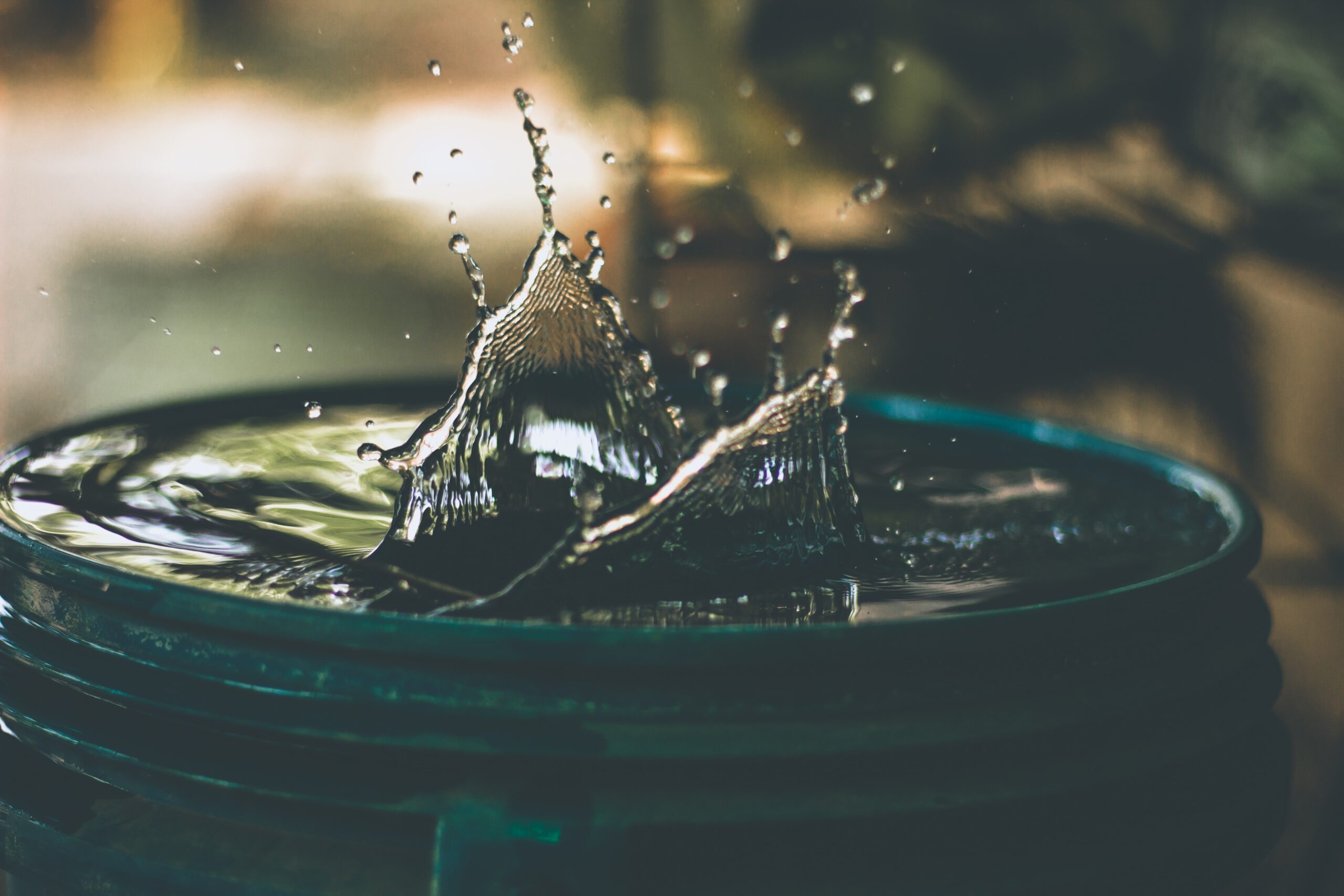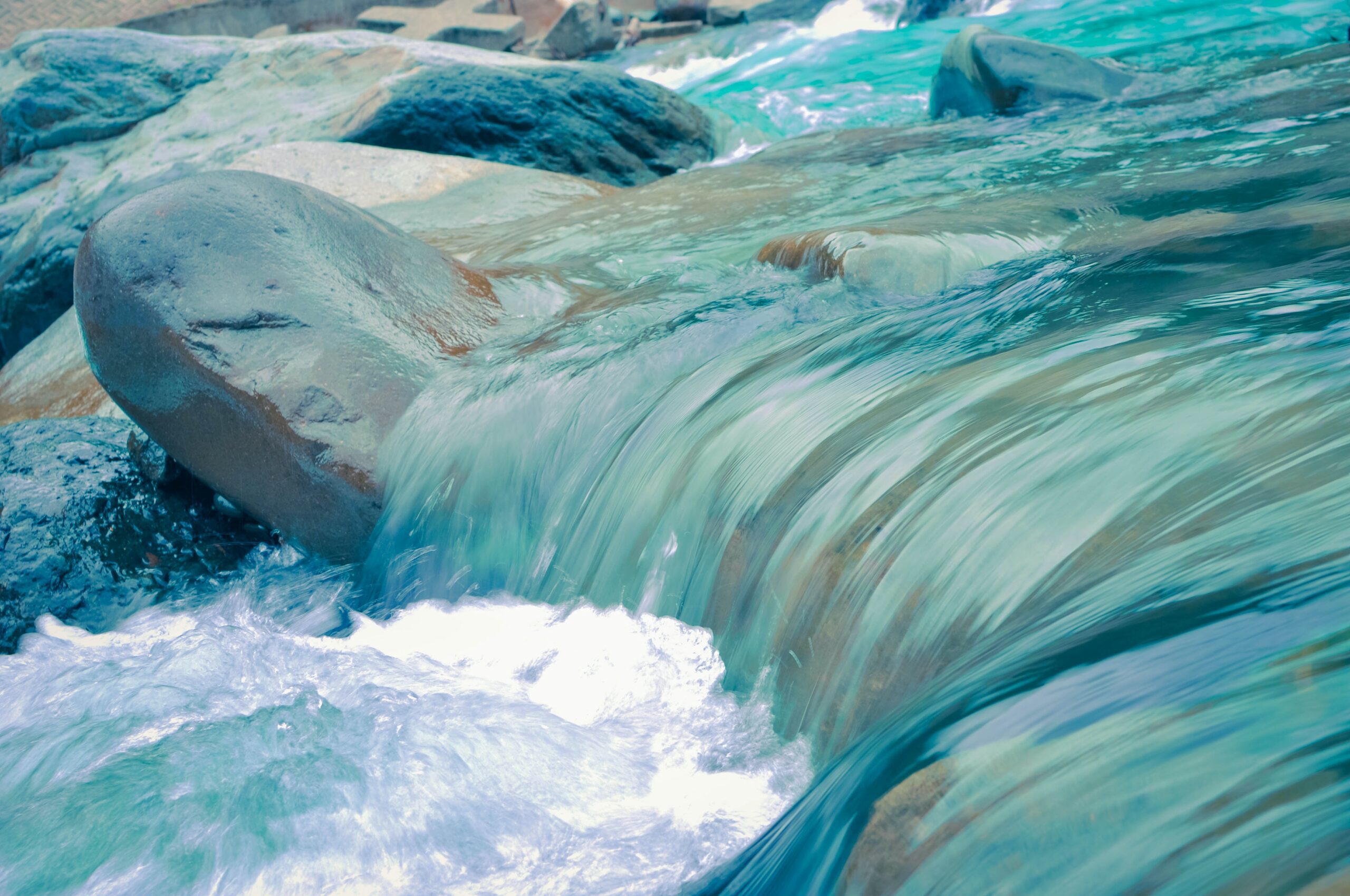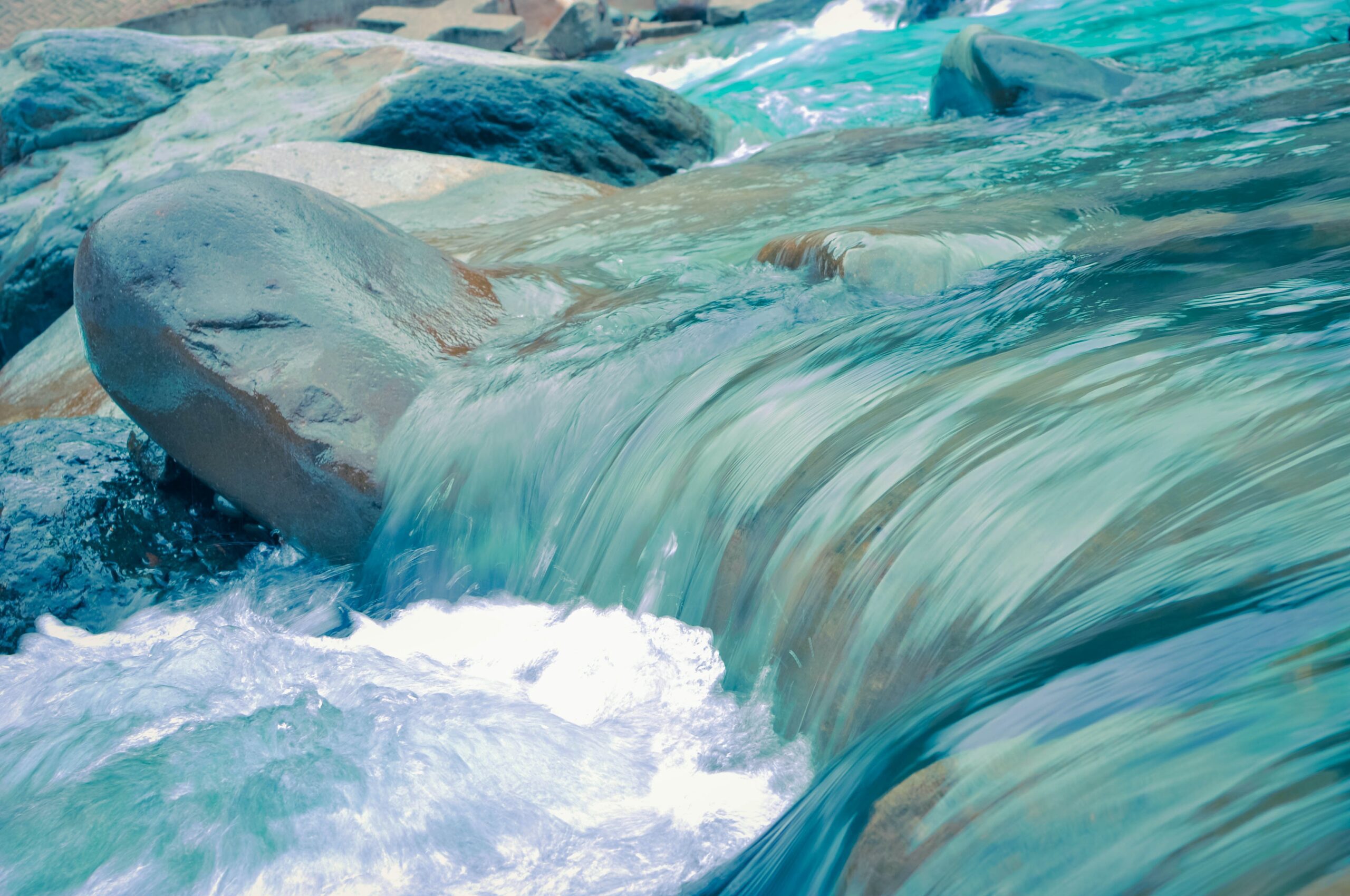Maintaining a water well is essential for the safety and quality of your water supply. In order to ensure the longevity and efficiency of your well, it is crucial to follow some key safety guidelines. By regularly inspecting and testing the well, practicing safe maintenance techniques, and implementing proper disinfection procedures, you can guarantee a safe and reliable source of clean water for you and your family.
I. Regular Inspection and Maintenance
A. Inspecting the Well Cap and Seal
Regularly inspecting the well cap and seal is crucial for ensuring the safety and functionality of your water well. The well cap acts as a protective cover, preventing contaminants such as dirt, debris, insects, and small animals from entering the well. It should be securely in place and free from any cracks or damage. Likewise, the well seal, which is the connection point between the well casing and the waterline, should be checked for any signs of wear or deterioration. If any issues are identified, it is important to promptly repair or replace them to prevent potential contamination of the well water.
B. Checking for Signs of Contamination
Another important aspect of well maintenance is regularly checking for signs of contamination. This involves monitoring the taste, color, and odor of the water. Any sudden changes in these factors could indicate a potential problem. Additionally, keep an eye out for any visible sediment or particles in the water, as well as any unusual foaming or bubbling. If you notice any of these signs, it is recommended to have your well water tested by a certified laboratory to identify and address any contamination issues promptly.
C. Testing the Water Quality Regularly
To ensure the safety and potability of your well water, regular testing of its quality is essential. Testing should cover various parameters such as pH levels, total dissolved solids (TDS), bacteria (such as coliform), and other contaminants like nitrates, pesticides, or heavy metals. The frequency of testing may vary depending on factors such as location, well construction, and local regulations. It is advisable to consult with a water professional or local health department to determine the appropriate testing schedule for your specific well. Regular water quality testing provides valuable information to help identify any potential issues and take appropriate measures to maintain the health and safety of your well water.
II. Ensuring Proper Well Construction
A. Hiring a Licensed Professional
Proper well construction is essential to ensure the longevity and safety of your well. When it comes to drilling a new well or repairing an existing one, it is crucial to hire a licensed professional who is experienced in well construction. They have the expertise to assess the site conditions, determine the appropriate well design and depth, and follow local regulations and best practices. A licensed professional will use their knowledge and skills to construct a well that meets industry standards and minimizes the risk of contamination or structural issues.
B. Selecting an Appropriate Location
The location of your well plays a significant role in its overall safety and performance. It is important to select an appropriate location for your well, taking into consideration factors such as proximity to potential sources of contamination (e.g., septic systems, livestock areas, chemical storage facilities), slope and drainage patterns, and ease of access for maintenance and repairs. Ideally, the well should be situated uphill or at a safe distance from potential sources of contamination to minimize the risk of groundwater pollution.
C. Choosing High-Quality Materials
Using high-quality materials during the construction of your well is crucial for its durability and safety. This includes selecting the appropriate casing materials, such as PVC or stainless steel, that are resistant to corrosion and can withstand the environmental conditions. Additionally, high-quality seals, fittings, and well screens should be used to prevent the entry of contaminants. Investing in quality materials during the initial construction phase will significantly reduce the likelihood of maintenance issues and potential contamination in the future.

III. Safe Handling of Chemicals
A. Following Manufacturer’s Instructions
When it comes to handling chemicals for well maintenance, it is essential to follow the manufacturer’s instructions carefully. Different chemicals have specific usage guidelines, dilution ratios, and safety precautions that must be adhered to. Whether it’s for disinfection, cleaning, or other maintenance purposes, always read and understand the instructions provided by the manufacturer to ensure the safe and effective use of chemicals for your well.
B. Storing Chemicals Properly
Proper storage of chemicals is crucial to prevent accidents and ensure their effectiveness. Store chemicals in a cool, dry, and well-ventilated area, away from direct sunlight, heat sources, and incompatible substances. Keep them in their original containers with labels intact for easy identification. Ideally, store chemicals in a dedicated storage cabinet or area to minimize the risk of cross-contamination and accidental spills. Always keep chemicals out of reach of children and pets to prevent any potential harm.
C. Using Personal Protective Equipment
When handling chemicals for well maintenance, it is important to prioritize personal safety. Always use appropriate personal protective equipment (PPE) as recommended by the chemical manufacturer. This may include gloves, goggles, masks, or respiratory protection, depending on the specific chemical being used. PPE helps minimize the risk of skin contact, inhalation, or ingestion of harmful substances and ensures that you can safely carry out maintenance tasks without compromising your health.
IV. Protecting from Physical Hazards
A. Securing Wellhead Access
Securing wellhead access is crucial for preventing unauthorized entry and reducing the risk of accidents. Install a secure and durable well cap or cover that only authorized individuals can remove. This will prevent children, animals, or vandals from accessing the well opening, reducing the risk of contamination or damage to the well system. Additionally, consider installing locks or other security measures to further restrict access and ensure the safety of your well.
B. Installing Protective Barriers
Protective barriers around the well can provide an extra layer of protection against physical hazards such as vehicle collisions or damage from falling objects. Consider installing bollards, fences, or other barriers around the wellhead to protect it from accidental impacts. By creating a buffer zone around the well, you can minimize the risk of damage that could compromise the integrity of the well system.
C. Marking the Well Location
Clearly marking the location of your well is essential for both safety and maintenance purposes. Place highly visible markers or signs near the wellhead to indicate its presence and ensure it can be easily located, especially during emergencies or maintenance activities. Additionally, it is recommended to keep a detailed map or record of the well’s location, along with any underground components, to assist with future maintenance or repairs.

V. Preventing Freezing in Cold Climates
A. Insulating the Well and Pipes
In colder climates, preventing freezing of the well and pipes is crucial to maintain the integrity and functionality of the system. Insulating the well casing and any above-ground pipes can help protect them from freezing temperatures. This can be done using insulation sleeves, heat tape, or foam insulation. Pay attention to vulnerable areas such as well cap seams, joints, or exposed sections, and ensure they are adequately insulated to prevent freezing and potential damage.
B. Installing a Well House or Well Pit
Installing a well house or well pit can provide additional protection against freezing temperatures. These structures can provide insulation and shelter for the well components, preventing exposure to extreme cold. Well houses are typically small buildings that enclose the well, while well pits are underground structures that house the well and related equipment. Both options help maintain a more stable temperature around the well, reducing the risk of freezing.
C. Using Heat Tape or Cable
Heat tape or cable can be utilized as an additional measure to prevent freezing in especially vulnerable areas of the well and pipes. Heat tape is a flexible electric heating element that can be wrapped around exposed sections and connected to a power source. It helps generate heat to keep the pipes and well components above freezing temperatures. When using heat tape or cable, always follow the manufacturer’s instructions and safety guidelines to ensure proper installation and operation.
VI. Safe Well Cleaning and Disinfection
A. Flushing and Disinfecting the System
Periodically flushing and disinfecting the well system is essential for maintaining its cleanliness and preventing the growth of harmful bacteria or other microorganisms. This process involves removing any stagnant water, debris, or sediment from the well and then disinfecting it using an approved disinfectant. Flushing the system helps remove built-up sediment and ensures a fresh water supply, while disinfection kills any remaining bacteria or pathogens. Following proper flushing and disinfection procedures will help maintain the quality and safety of your well water.
B. Using Approved Disinfectants
When disinfecting your well, it is important to use approved disinfectants that are specifically designed for well use. These disinfectants are formulated to effectively kill bacteria, viruses, and other microorganisms commonly found in wells. Avoid using household bleach or other chemicals that are not specifically labeled for well disinfection, as they may not effectively eliminate all harmful contaminants. Refer to the manufacturer’s instructions and guidelines to ensure proper use and dosage of the chosen disinfectant.
C. Following Proper Procedures and Guidelines
Follow proper procedures and guidelines provided by water professionals or local health departments when cleaning and disinfecting your well. These guidelines are designed to ensure the effectiveness and safety of the cleaning process. For example, it is important to properly seal and isolate the well during disinfection to prevent contamination of nearby water sources. By adhering to recommended procedures, you can maintain a clean and safe well system.

VII. Monitoring and Maintenance of Pump System
A. Regularly Inspecting the Pump
Regular inspection of the pump system is crucial to ensure its proper functioning. Check for any signs of leaks, rust, or unusual noises coming from the pump. Monitor the pressure gauge to ensure it is within the acceptable range. If any issues are detected, it is important to address them promptly to prevent further damage and ensure the reliable operation of the pump.
B. Checking Pressure and Flow Rate
Monitoring the pressure and flow rate of your well water is important for identifying any potential issues with the pump system. Low water pressure or inconsistent flow can indicate a problem with the pump, pressure tank, or other components. If you notice a decrease in pressure or flow, it is recommended to consult a qualified professional to assess and address the issue. Regularly checking and maintaining appropriate pressure and flow rates will help ensure the efficient functioning of your well system.
C. Lubricating and Cleaning the Pump
Proper lubrication and cleaning of the pump are essential for its longevity and optimal performance. Refer to the manufacturer’s instructions for the recommended lubrication intervals and types of lubricants to use. Regularly clean the exterior of the pump to remove any dirt or debris that may affect its operation. By practicing regular maintenance, including lubrication and cleaning, you can extend the life of your pump and avoid costly repairs or replacements.
VIII. Protecting Electrical Components
A. Grounding the Electrical System
Proper grounding of the electrical system is essential for electrical safety. If your well system utilizes electricity, ensure that it is properly grounded according to local electrical codes and regulations. Grounding helps prevent electrical shocks and protects the system from voltage surges. Consult a qualified electrician to assess and establish proper grounding for your well system.
B. Using GFCIs and Surge Protectors
To further protect the electrical components of your well system, consider installing ground fault circuit interrupters (GFCIs) and surge protectors. GFCIs are designed to quickly detect and interrupt electrical faults, reducing the risk of electric shock. Surge protectors safeguard against power surges caused by lightning strikes or other electrical disturbances. These additional protective measures help minimize the risk of electrical damage, ensuring the safe operation of your well system.
C. Regularly Inspecting Electric Wires
Regularly inspecting the condition of the electric wires in your well system is important for identifying any potential hazards. Check for any signs of wear, fraying, or damage to the wires. Pay close attention to areas where the wires are exposed or vulnerable to physical contact. If any issues are discovered, it is recommended to consult a qualified electrician to address the problem and ensure the safe functioning of your well system.
IX. Preventing Well Contamination
A. Properly Handling and Storing Hazardous Substances
Preventing well contamination requires proper handling and storage of hazardous substances. Avoid storing or using chemicals, fuels, or other potentially harmful materials near the well. If you must store these substances in close proximity, make sure they are kept in secure and properly labeled containers. Handle and dispose of hazardous substances according to local regulations to prevent accidental spills or leaks that could contaminate the well water.
B. Keeping Waste Disposal Areas Far from Wells
To minimize the risk of well contamination, it is important to keep waste disposal areas at a safe distance from the well. This includes septic tanks, leach fields, livestock areas, or any other potential sources of waste or pollutants. Ensure proper setbacks are maintained, as recommended by local regulations or professionals, to prevent the possibility of pollution reaching the well. By creating a buffer zone between waste disposal areas and the well, you can protect the quality and safety of your well water.
C. Implementing Backflow Prevention Measures
Backflow prevention measures are crucial for preventing the contamination of well water from external sources. Backflow occurs when water flows in the opposite direction, potentially carrying contaminants back into the well. Installing a backflow prevention valve or device helps prevent this reversal of flow and ensures that only clean water enters the well system. Consult with a certified professional to determine the appropriate backflow prevention measures for your well and have them installed and tested regularly for optimal effectiveness.
X. Educating Household Members
A. Teaching Safe Well Usage Practices
Educating household members about safe well usage practices is important for maintaining the overall safety and well-being of everyone in the home. Teach them about the importance of conserving water, using water efficiently, and avoiding activities that could potentially contaminate the well water. Provide guidelines on how to properly handle and dispose of hazardous substances to prevent accidental spills or contamination. By promoting responsible well usage practices, you can ensure the longevity and safety of your water well.
B. Raising Awareness about Potential Hazards
Raising awareness about potential hazards associated with the well system is crucial for preventing accidents and maintaining a safe environment. Inform household members about the risks of unauthorized access to the well, such as children or animals falling in. Educate them about the dangers of mishandling chemicals or electrical components. By creating awareness, you empower everyone in the household to prioritize safety and take necessary precautions when interacting with the well system.
C. Training on Emergency Response and Shut-off Procedures
In the event of an emergency or malfunction with the well system, it is important for all household members to be familiar with emergency response and shut-off procedures. Train them on how to safely shut off the well pump or power supply in case of a water-related emergency. Ensure they know how to contact emergency services and understand the steps to take if a contamination issue is suspected. By providing proper training, you enable household members to respond effectively in emergency situations and minimize the potential impact of any well-related issues.
In conclusion, maintaining a water well requires regular inspection and maintenance to ensure its safety and functionality. By following key safety guidelines, such as inspecting the well cap and seal, ensuring proper well construction, handling chemicals safely, protecting from physical hazards, preventing freezing, cleaning and disinfecting the system, monitoring the pump system, protecting electrical components, preventing well contamination, and educating household members, you can effectively maintain a healthy and safe water well. Prioritizing well maintenance not only protects your water supply but also contributes to the well-being of your entire household.

